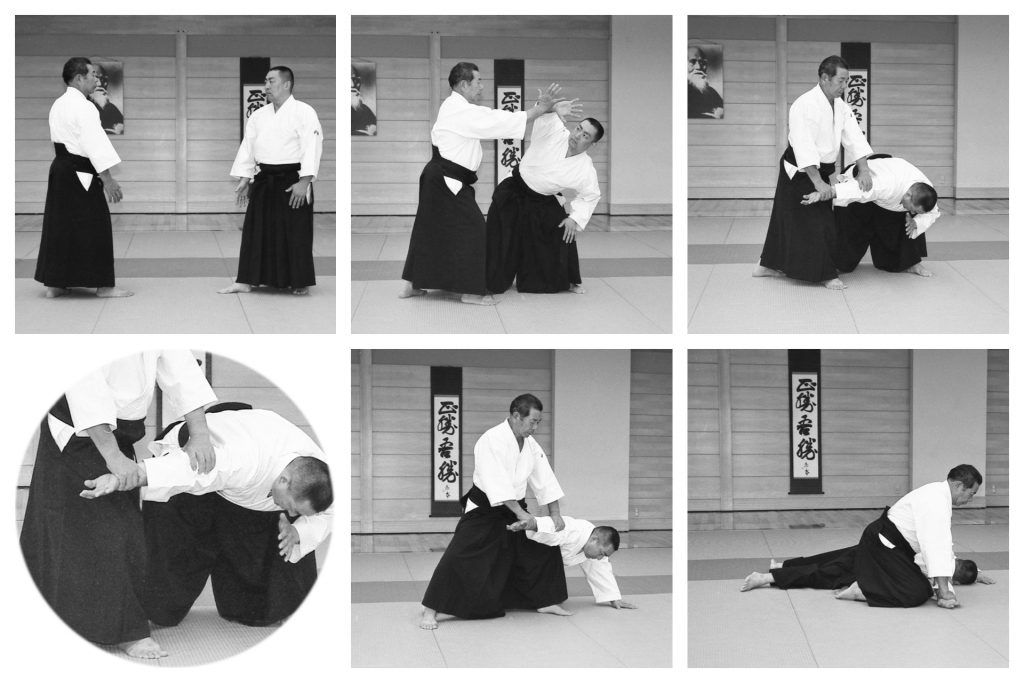(I assume this is directed at me.)Jerry, I just wanted to point something out to you about the apparent perceived difference you have for aikido vs. judo, with apparently more muscle being used in the judo technique than in the aikido technique.
To be "good judo" the technique should happen in a manner which would feel very, very similar to you as an aikido technique done correct, i.e. very little actual "feeling" of what just took place. IF you did it right. The way judo is set up though, e.g. closer positions, hands in positions that tend to assist in outright lifting the opponent at times, structure demolition not just posture breaking, etc... those are more towards the sport side of judo, where the young turbo-power button dudes are playing and going to tournaments, etc. Us old dudes like it to be very.... aiki. IF we can get it there. When someone does in practice, it's cause for celebration, albeit short. ("Man, nice throw! I didn't even feel the entry at all, next thing I know I better find the ground... smooth..."). Like that.
I can crank an aikido technique with wrist and arm power and it will "work," but it isn't "working right," I'm sure you'll agree with that. Same-same. Judo is ... supposed ... to have a very similar.... affect, or feel to it.
But, that's for folks who've been playing judo for more than 20 years, whose fingers are all gnarled up, knees shot, toes ugly, etc, from doing the turbo-power way for too long...
*snort* I resemble that remark.
This is not a difference in perception, at all. Judo, when everything falls into place, will have the same "aiki" moments. The main obstacle to aiki in Judo is that you're practicing Judo on someone who knows what you're doing and is using the same training to counter it. In styles that take a pure-aiki approach, they only practice to work with that pure flow. Some aiki arts (like NGA) split the difference. We practice what I call "Judo style" versions of many techniques. These are versions that work with or without aiki (like Judo techniques do). They can be countered (like Judo), but are effective against unskilled counters (like Judo). We also practice pure-aiki versions of some techniques, which we would only use when that certain feel is there - there's zero resistance, a gap (what I refer to as "the void") in their structure, which allows us to effortlessly execute the technique. We'll almost never find the latter against another NGA practitioner (nor, likely against anyone with similar training), so we'd depend more on the Judo-style versions.

